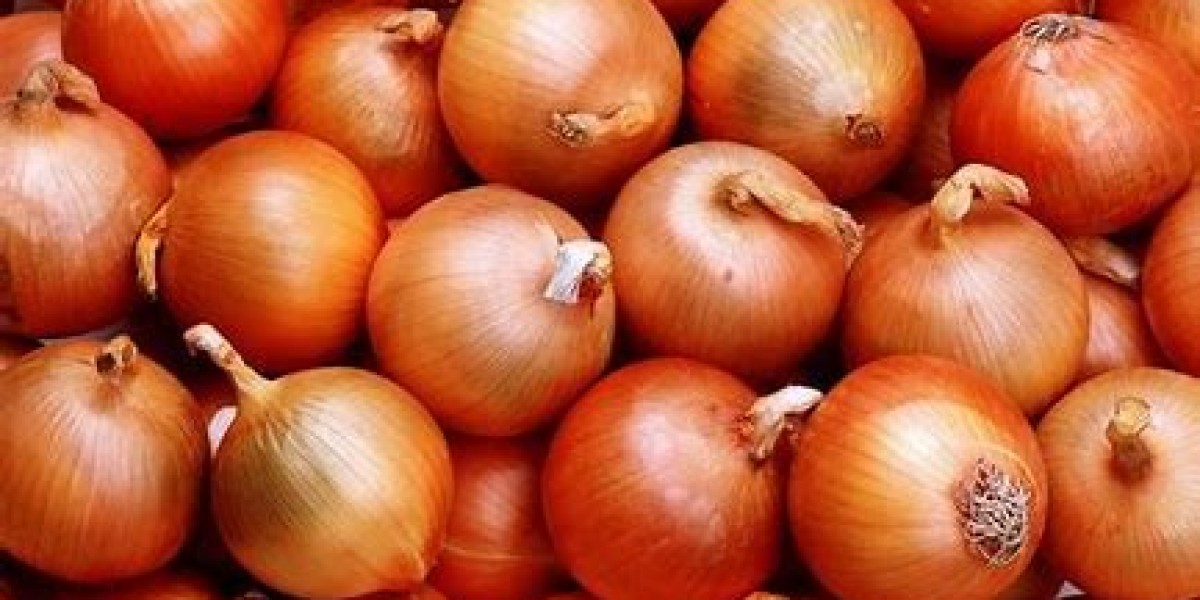Common Onion varieties
The common Onion varieties grown in Uganda include; Jambar F1, Red passionF1, and Bombay red and Red pinoy- these have a lower yield but are in high demand at the market and they fetch a high price than the Jambar F1.
Soil requirements
Soil requirements; bulb onions do best in well drained, sandy loam soils with a pH range between 6.5 to 7.0 .
Propagation
You can plant onions from seeds, sets or transplants. For commercial farming I would recommend that you use either transplants or sets to plant onions.
An onion set is a small dormant bulb that will produce a larger bulb once it’s planted.
Onion transplants are however started from seeds in abed before planting them in to the main garden.
Planting
It’s preferable to plant your onions at the onset of the rains, though you can plant when you have means of irrigating your field.
Make rows 12 to 18 inches apart, and then place onion sets or transplants 4 to 6 inches apart in 1cm deep holes in the soils.
Gently cover the new transplants with soil.
Water thoroughly after planting, and regularly thereafter when it does not rain.
Watch out for pests like the onion fly, onion thrips, and onion neck rot dis-order.
Harvesting
Onions need around 4 months to mature. The last 3 weeks before harvesting the weather should be absolutely rain free.
Plan to start your nursery bed according to the dry season of your planting area. Count back 4 and ½ months back so that you can harvest at the end of December.
Proper treatment at harvest maximizes the amount of time you will be able to store your onions.
When the tops of the onions turn brown or yellow and fall over, it’s time to harvest; ideally the plant will have about 13 leaves at this point.
Pull the onions early in the morning on a sunny dry day, Shake off excess soil.
Cure the onions by putting them in to sun to dry for at least 2 days. Then transfer your onions to a shaded warm, dry, and well ventilated room to enable them to completely dry and cure.



